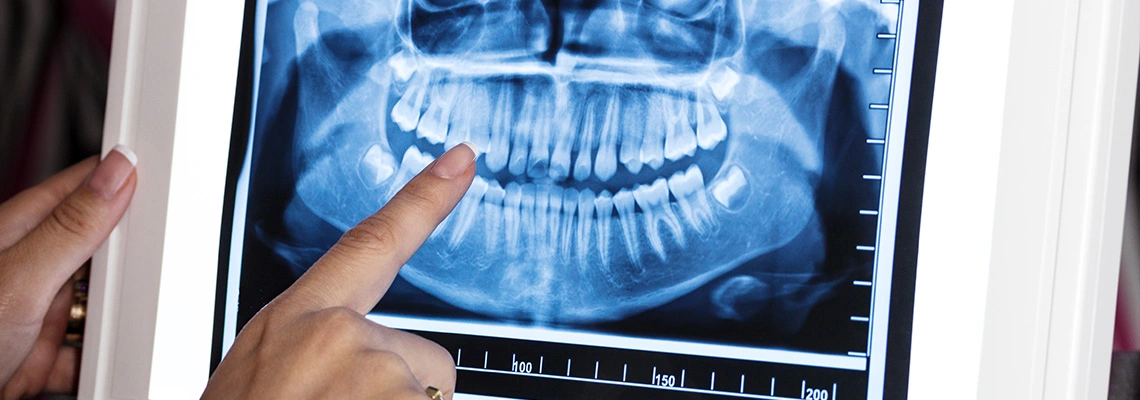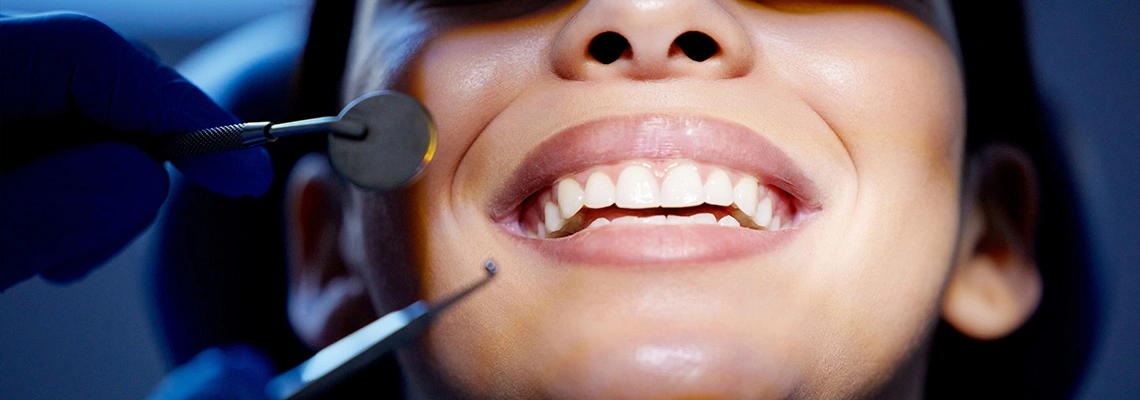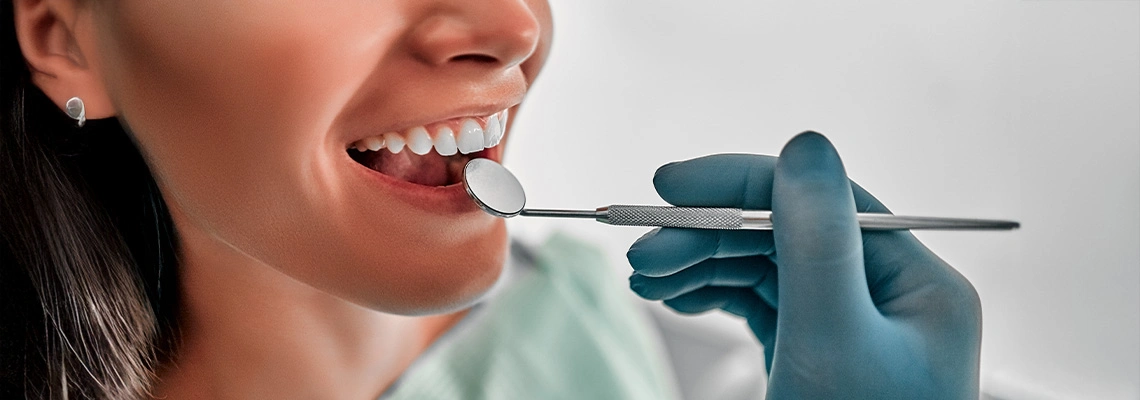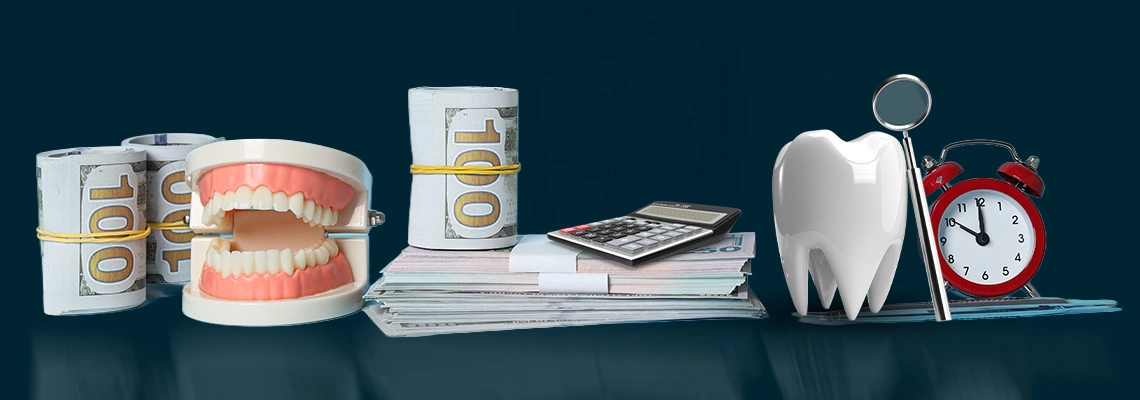Many situations may necessitate dental installation due to the occurrence of tooth loss for a variety of medical and health reasons, or as a result of tooth exposure to an injury, or due to the natural loss of teeth with aging.
Because the front teeth are the smile's reflection, the installation of the front teeth is typically done first. How does this process work with the first and most crucial option?
What technological options does he have? What about the period of recovery? Exist hazards associated with the procedure? Please continue reading, dear readers, as we provide answers to these questions.
Table of contents
Placement the front teeth
People who have lost one or more teeth may be able to utilize fixed dental implants for their front teeth.
The implant is surgically put in a hole in the jawbones, and when it has fused with the jawbones, it serves as a replacement root for the crown that will be implanted. The lost tooth will be filled by it.
The prerequisites for placing the front teeth
- The following prerequisites must be satisfied for this process to be effective:
- The jaw should include enough bone.
- The bone needs to be strong enough to retain the implant in place.
- The surrounding healthy tissues and natural teeth must surround the implant site where it will be put. If there is not enough bone, it may be necessary to add it through a procedure called bone grafting
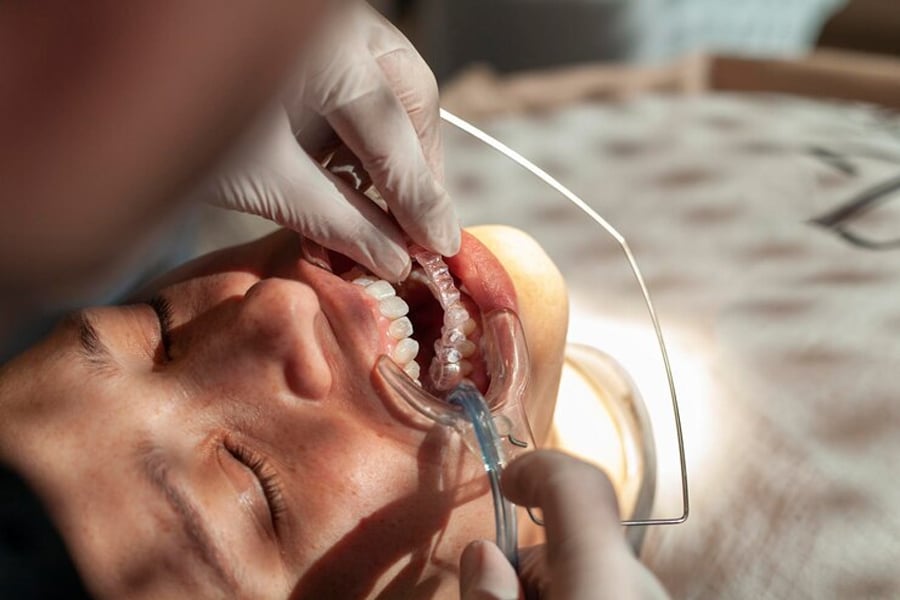
The procedures for placing the front teeth
- The dentist places the front teeth by doing the following:
- The titanium implant is inserted into the upper or lower jawbone from the front of the mouth after anaesthetic.
- Abutments are screwed into implants and can be composed of porcelain, gold, or titanium. This component, which resembles a normal tooth that will receive a crown, joins the implant to the crown.
- The tooth-like component known as a crown, which is put over the screw to eventually create the new tooth, is often constructed of porcelain fused to metal but can also be all-metal or all-ceramic.
- A typical fitting may be completed in as little as fivesix months for the upper jaw, and months for the lower.
- Some instances, particularly those requiring the development of bones, might take up to a year.
Front teeth implantation techniques
The following are the two methods for placing and implanting teeth in the front of the mouth:
Traditional method
According to the conventional method, which involves two procedures, the implant is first surgically installed by making an incision in the gums, drilling a hole in the bone, and inserting the implant there.
The second procedure is then carried out after about three months, and it entails making a new incision to expose the implant and attaching the so-called cap. after allowing a few weeks for the gum tissue to recover, the implant is capped with an abutment before the crown is attached.
Fast method
If the dentist utilizes tiny implants, a crown or bridge will be placed on them at the same appointment along with the implant and healing caps.

After the placement of the front teeth
Dental implants should function effectively and mimic your original teeth as closely as possible, but for certain individuals, it may be challenging to achieve this.
This is owing to the fact that depending on how much bone you already have and how much bone is required to correctly put the implant, the implant may occasionally be implanted at an angle rather than straight into the bone.
Care after the installation of the front teeth
- The same safety considerations apply to maintaining your teeth after installation as they do with natural teeth.
- At least twice a day, you should brush and paste your teeth.
- Avoid undesirable behaviors like can-opening with metal utensils and teeth-grinding.
- Before six months have passed since the treatment, you should see a doctor if you experience any issues.
Issues with the anterior dentition
Dental implants may be susceptible to a number of hazards and issues, including the following:
- Scarring and infection are frequent post-operative concerns.
- The implant in the bone jaw might fail, especially if an infection has already developed.
- Failure to make regular and appropriate adjustments to how the teeth come together.
- Loss or fracture of the jaw bones that were developed as a result of oral pain, pressure, or another factor.
- Numbness and tingling in the chin, lower lip, or one side of the tongue might result from a probable damage to the nerve that passes through the lower jaw's bones. at the top of the jaw,
- There is a risk of digging through your jawbone into one of your sinuses (located above your upper teeth) or nasal cavity, which can cause infection.

